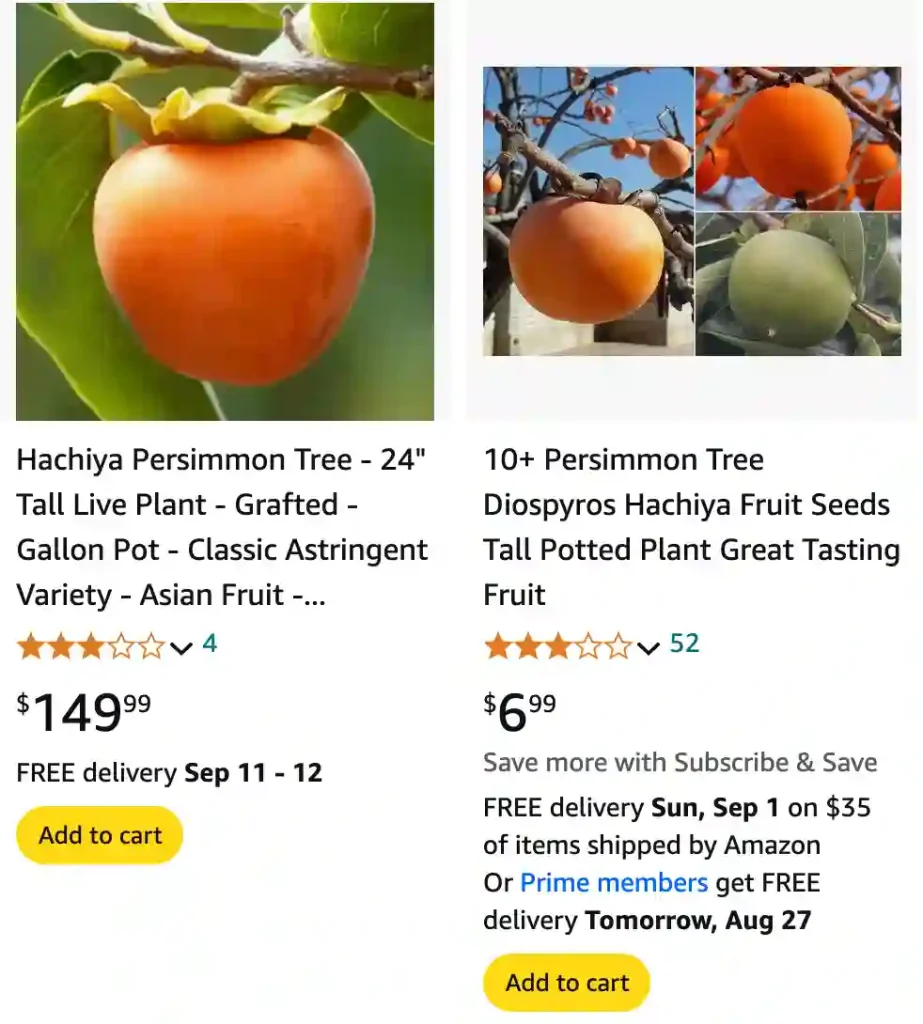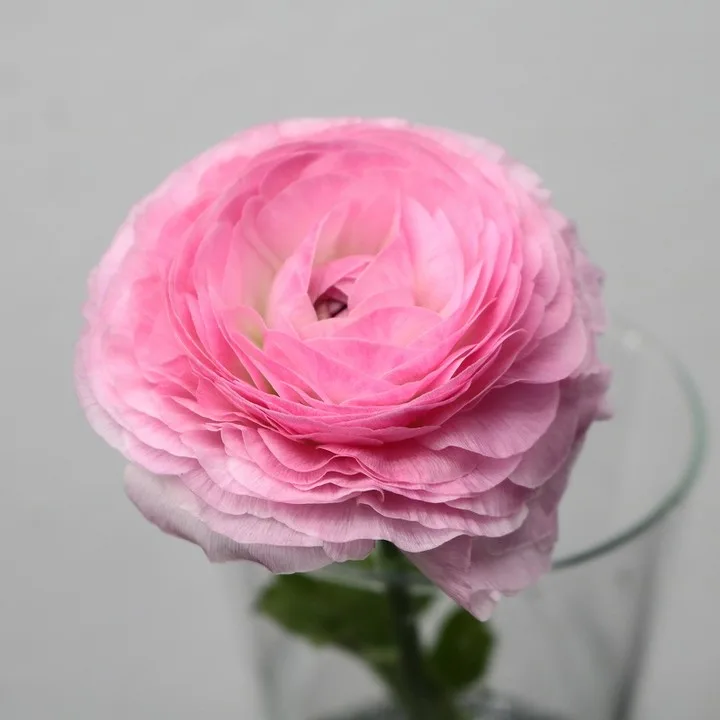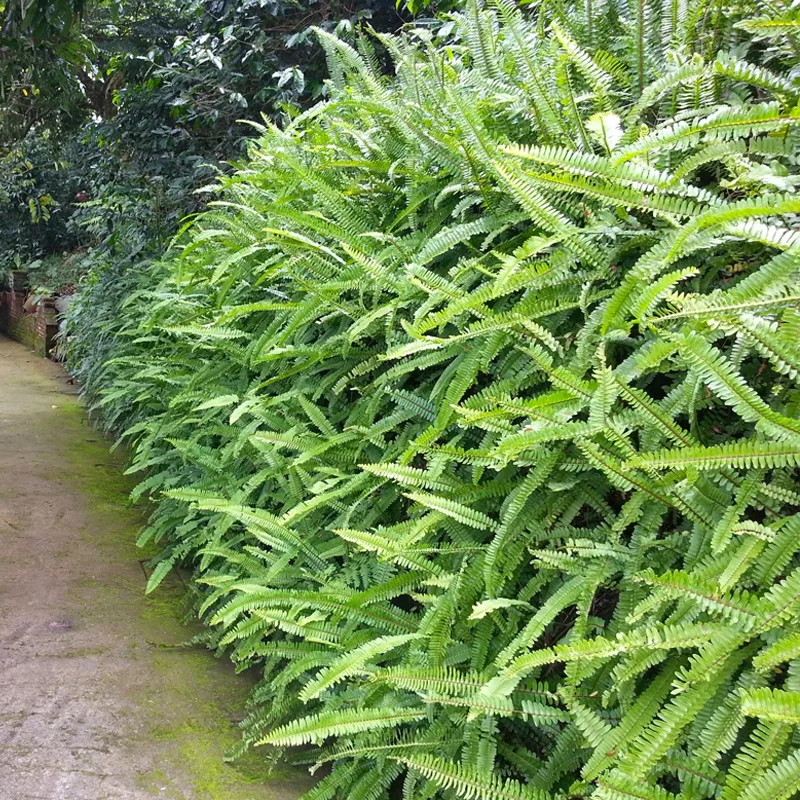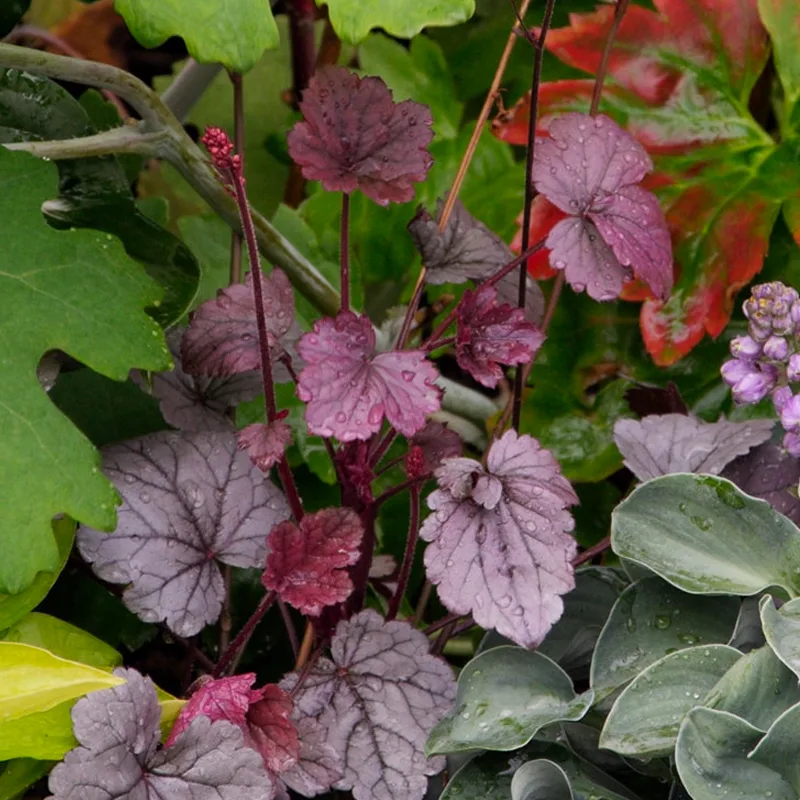
FAQs About Hachiya Persimmon
When it comes to persimmons, the Hachiya Persimmon is a standout for its unique taste and versatility. As a fan of this fruit, I’ve gathered answers to some of the most frequently asked questions about it. Whether you’re curious about how to eat it, how to grow it, or how it compares to other persimmons, I’ve got you covered.
780 Species in Genus Diospyros
What is a Hachiya Persimmon?
A Hachiya Persimmon is a type of Japanese persimmon, known for its deep orange color and acorn-like shape. Unlike other persimmons, Hachiya varieties are astringent when unripe, meaning they have a puckering taste that’s almost unbearable. However, when fully ripe, they become incredibly sweet and custard-like, making them perfect for desserts and other culinary uses.
How Do You Eat a Hachiya Persimmon?
Eating a Hachiya Persimmon is straightforward once you know the right stage of ripeness. When ripe, the flesh should be soft and almost jelly-like. To eat it, you can simply scoop out the pulp with a spoon. This fruit is delicious on its own, but it also works well in smoothies, baked goods, or even salads.
Can You Eat Hachiya Persimmon Skin?
While the skin of a Hachiya Persimmon is edible, it’s not commonly eaten due to its tough texture and sometimes bitter taste. Most people prefer to eat just the flesh. If you do decide to eat the skin, make sure the fruit is fully ripe to minimize any unpleasantness.
How to Cut Hachiya Persimmon?
To cut a Hachiya Persimmon, start by washing it thoroughly. Once it’s clean, you can either slice it into wedges or cut it in half and scoop out the flesh with a spoon. It’s essential to cut it only when ripe, as unripe persimmons are not suitable for cutting due to their astringency.
How to Tell if Hachiya Persimmon is Ripe?
The key to determining ripeness is to check the texture of the fruit. A ripe Hachiya Persimmon will feel extremely soft to the touch, almost like a water balloon. The skin will also be a deep, vibrant orange. If the fruit is still firm or has a reddish hue, it’s not yet ripe and should be left to ripen at room temperature.
What Does Hachiya Persimmon Taste Like?
When ripe, Hachiya Persimmons have a sweet, honey-like flavor with hints of vanilla and spice. The texture is smooth and custard-like, which makes it a delightful addition to many dishes. The contrast between the sweet, creamy flesh and the tangy, slightly tannic taste when unripe is what makes Hachiya Persimmons so unique.
How Many Calories in a Hachiya Persimmon?
A medium Hachiya Persimmon typically contains around 120 calories. It’s a relatively low-calorie fruit but packed with vitamins and fiber, making it a healthy choice for a snack or a meal addition.
How to Grow Hachiya Persimmon from Seed
Growing a Hachiya Persimmon from seed is a rewarding process, though it requires patience. Start by extracting seeds from a ripe fruit and washing them thoroughly. Soak the seeds in water for 24 hours, then plant them in a well-drained soil mix. Keep the soil moist and place the seeds in a warm, sunny location. Germination can take several weeks to months. Once the seedlings are large enough, transplant them to a sunny spot in your garden.
How to Make Hachiya Persimmon Jam
Making Hachiya Persimmon jam is relatively simple. Start by peeling and pureeing ripe persimmons. Combine the puree with sugar and lemon juice in a pot, then cook over medium heat until it thickens. Stir frequently to prevent burning. Pour the hot jam into sterilized jars and seal. Let it cool before storing it in a cool, dark place.
How to Make Hachiya Persimmon Pulp
To make Hachiya Persimmon pulp, peel and core the ripe fruit, then mash or blend the flesh until smooth. The pulp can be used immediately in recipes or frozen for later use. It’s perfect for making smoothies, baked goods, or as a natural sweetener in various dishes.
What is Hachiya Persimmon Good For?
Hachiya Persimmons are not only delicious but also nutritious. They are rich in vitamins A and C, fiber, and antioxidants. They can aid in digestion, boost immune health, and improve skin health. Additionally, they are great for making desserts, sauces, and adding natural sweetness to recipes.
Hachiya Persimmon vs Fuyu
When comparing Hachiya Persimmons to Fuyu Persimmons, the key differences lie in their taste and texture. Hachiya Persimmons are astringent until fully ripe and have a soft, custard-like texture when mature. In contrast, Fuyu Persimmons are non-astringent and can be eaten while still firm. Fuyu Persimmons have a crisp, apple-like texture and a milder, less sweet flavor compared to Hachiya.
Can You Grow Hachiya Persimmon Indoors?
Growing Hachiya Persimmon trees indoors is challenging due to their size and light requirements. They need ample sunlight and space to thrive, making outdoor cultivation more practical. However, if you have a large indoor space with sufficient light, it might be possible with proper care and conditions.
Common Problems with Hachiya Persimmon
One common issue with Hachiya Persimmons is fruit drop, which can occur if the tree is not properly pollinated or if it experiences stress. Other problems include pests like spider mites and diseases such as root rot. Regular care, including proper watering and pest management, can help prevent these issues.
In conclusion, the Hachiya Persimmon is a fascinating fruit with a lot to offer. Whether you’re interested in growing it, using it in recipes, or simply enjoying its unique flavor, understanding these FAQs will help you make the most of this delicious fruit.
If i die, water my plants!



